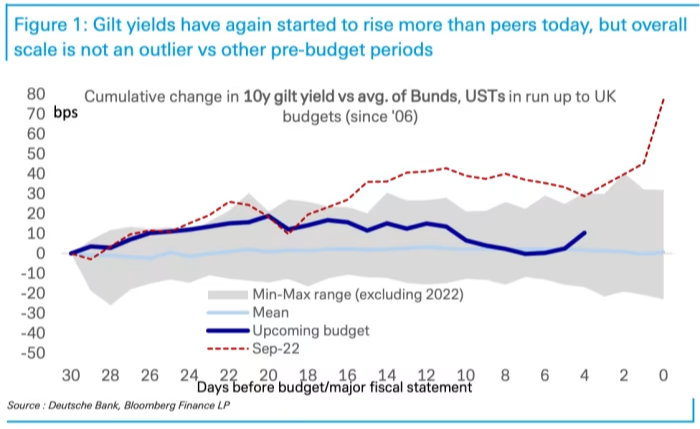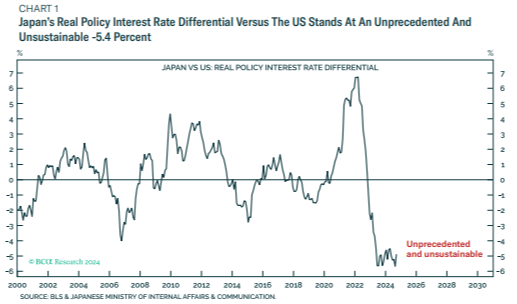Little Mill Abergavenny, Monmouthshire

Pictures of these two converted 17th-century Welsh cornmills a stone’s throw from the Brecon Beacons line the moodboards of interiors fans worldwide, who lust after the cottage-meets-farmhouse aesthetic, charming bunk beds, deep country-kitchen sinks and playful palette. Elle digital fashion editor Daisy Murray recently visited, as did art-world consultant Sam Talbot, and it’s also where gallerist Alex Tieghi-Walker chose to rest his head when New York got too much and his home country called.


Kyle House, Sutherland

In Sutherland, at the very top of the United Kingdom, is luxury wilderness escape Kyle House. Part of the Wildland initiative – a Scottish conservation organisation dedicated to a 200-year vision for wild nature, spanning 200,000 acres of the Highlands – the former drover’s cottage looks out over Ben Loyal, the twin-peaked mountain some call the “Queen of the Highlands”, and has been renovated with a chic Scandi-in-Scotland feel. Finn Beales, a photographer who shoots for Breitling and Omega, says the property influenced the design of his RIBA-award-winning home in Hay-on-Wye.

Cul Na Shee, Saddell Bay

Interiors architect and shopkeeper Ben Pentreath has retreated to many Landmark Trust properties in his time, but this tiny cottage – the opposite of many of his own grand designs – is the one that moved him most. Tucked away on a grassy patch of a rocky beach in Scotland’s Saddell Bay, Cul na Shee – “nook of peace” in Gaelic – leaves you completely on your own, with only the sea and Isle of Arran to look out to. His stay there inspired him to buy his own tiny bothy on Scotland’s west coast. “If you define good taste as being all about a wonderful building in a fantastic setting, with just simple necessities and no fluff, then I’d look no further,” he says.
The Engine House, Suffolk


The former engine house of an early 1900s Suffolk stately home is now a bright, airy getaway full of set designer Sandy Suffield’s furniture finds, from markets in Lisbon, northern California and everywhere in between. Among its fans are Sam Perry, Killing Eve’s Emmy-nominated costume designer, knitwear designer Jo Gordon, jewellery designer Katy Hackney and singer-songwriter Nick Lowe, who has scored the music for Margaret Howell’s fashion shows. Guests arrive to freshly picked wildflowers and plenty to see and do: local swimming holes, cycling routes and country bakeries, as well as the acclaimed Lark and Pea Porridge restaurants (though they can always just sunbathe in the walled garden).
Craftsman’s Cabin, Somerset

Alice Temperley has her own family cider farm in Somerset, but still took the time to visit this handbuilt log cabin on the Levels. Her verdict: it’s the ideal base for anyone who wants to take in “real Somerset”, with interiors furnished by local makers and, outside, a “relaxing outdoor bath and fire pit under huge skies”. (Temperley adds that there’s also a great, short walk through the field to nearby village pub The Wyndham Arms.)

Carnacalla Cottage, Cornwall

Designer Simone Rocha is one of many to have spent a few days at this 1800s cottage in Sennen, the most westerly parish in the UK. Through the stewardship of new co-owner, stylist Polly Wilkinson, Carnacalla Cottage has become an extension of London’s creative community. She co-organises a popular fair in town, which last year included a workshop with leading Japanese gorpcore brand Snow Peak and late-night DJ sets. But the main attraction is the cottage and the coastline it sits on: one guest says the West Penwith peninsula is the closest thing the UK has to California’s Big Sur – and you’re also invitingly close to beloved dining pub The Gurnard’s Head.
Fairgreen Farm Guesthouse, Cotswolds


In 2012, former Barneys New York fashion director Amanda Brooks traded her position at the heart of Manhattan’s style scene for the Cotswolds. Cutter Brooks, the shop she subsequently opened, has been such a success that she also now quietly operates Fairgreen Farm Guesthouse, a guest house on her private farm. Brooks’s industry friends, including Colette co-founder Sarah Andelman, Filson’s Alex Carleton, actor Rupert Everett, Architectural Digest global editorial director Amy Astley and Paris chef and restaurateur Rose Chalalai Singh, have all flown in for a sleep.
Bryn Eglur, Carmarthenshire

Over the past decade, everyone from designer Martin Brudnizki to writer Alain de Botton has escaped to Bryn Eglur to recharge their batteries. Just a 15-minute drive from the west Wales coast, this restored ruin marries fully detached privacy with tradition you can feel (many of the interior details date back to 1755). Owner Dorian Bowen jokes that while he offers guests bountiful guides to the local area, their feedback at the end is often the same – most rarely leave the site, instead choosing to laze around with the doors open listening to the birds, meditating in the secret gardens and nuzzling their happy dogs.

The Quist Treehouse, Herefordshire


A literal, grounded, enormous treehouse, The Quist offers northern California details – deck balcony, light-summoning windows and a Swedish wood-fired hot tub overlooking ancient oak and fir trees – in the heart of Herefordshire. Homeware designer Matilda Goad stayed last spring and loved the wood-panelled walls and being surrounded by “hardworking materials like leather, quilting, denim, stone and wool”. Stylist Sarah Corbett-Winder took her family, and has plans to return alone one day soon. “They do a two-night minimum stay,” she says, “which means you really do get to soak it all in.”
























































































































































































You must be logged in to post a comment Login